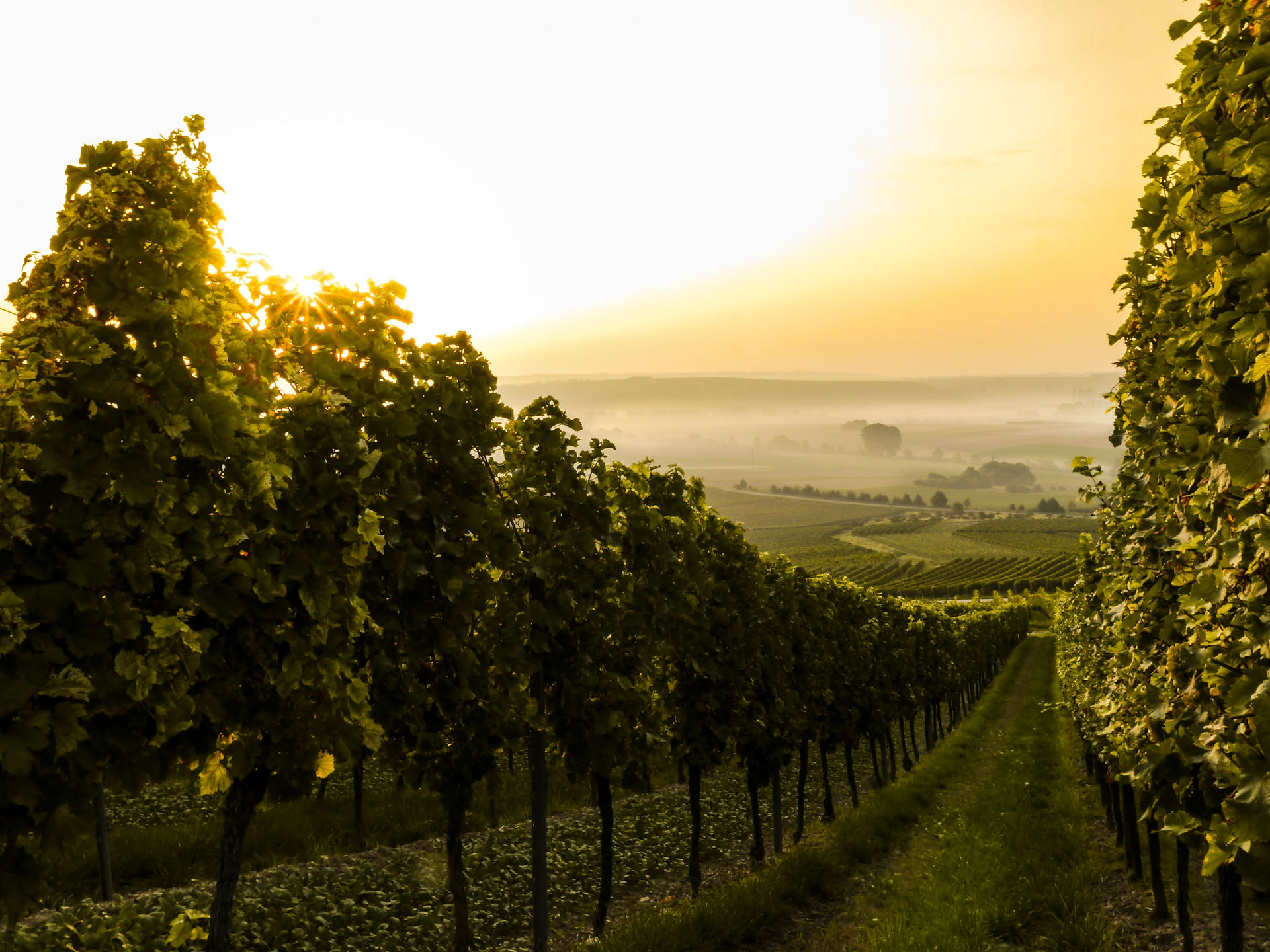Your Guide to doing Wine Tastings at Home
- Deanna Lowe

- Apr 24, 2020
- 3 min read
Updated: Dec 2, 2022

It’s Friday! But I’m sure you haven’t been keeping up with what day it is anyway. Wine tastings are designed to be elaborate, using a lot of your sensory system to give you a heightened, intricate, and full experience. Sommeliers pride themselves on the practice of sipping and spitting, which is a good method during wine events when you’re tasting several wines. Since we’re relaxing at home for this wine tasting, I’ll give you simple steps, focusing on getting the best experience from tasting 1 or a couple of wines. With practice, you’ll be an expert once wine tasting events come around.
To get started, chill your bottles of wine if they are sparkling, white, rosé, or dessert. Red wines are fine to have at room temperature unless otherwise indicated. Be sure to use a wine glass or tumbler because they're specifically designed to heighten your experience with wine. For example, the ovular shape encapsulates the wine aromas in the glass, allowing you to smell more of the aromas. Also, the wine glass is transparent so you can get a clear view of the wine colour. Secondly, you should know the wine lingo. This will help you to understand the elements of wine and integrate into wine culture, which primarily involves tasting wine. You can refer to my blog on wine language to get an overview of the common terms.
Now, here are the steps for your wine tasting:
1. Fill your glass up to 1/4 full of wine.

2. Drink with your eyes
Observe the wine's colour, transparency, and darkness. Brown tones in the colour show that the wine is older and has been aged in barrels. Full-bodied wines are more opaque and darker in tone meaning it’ll be richer in flavour and have a stronger finish.

3. Catch the aromas
Smelling wine preparers your body to taste the wine. Using more of your sensory system helps you to better capture the full essence of the wine. First swirl the wine in the glass to allow the aromas to fill the glass. Then take a wiff and try guessing what notes are in the wine with your nose. Usually, full-bodied wines are more aromatic.
4. Wash out your palette
Take a small sip of wine to wash out any other lingering tastes in your mouth from your previous meal or drink.

5. Taste the wine
The 2nd sip is when you're going to swish the wine around your palette and let it sit in your mouth. See what notes, textures, acidity, tannins, and other elements your palette picks up. Then slowly swallow the wine and see if there are any lingering flavors in the finish. Take the 3rd sip to pick up those extra notes you may have missed in your previous sips.
6. Enjoy the rest of your wine.
Feel free to alter this method to your liking. With tasting wine, it all comes with practice. Continually try different wines and train your sensory system and palette to pick up the different wine flavours.
To have more fun with wine tastings, do a virtual tasting with your friends or a blind tasting. Sometimes, I like to watch a virtual tour of the region my wine was made so I can get the full experience of that wine (because the region plays a huge part in how the vineyards grow and the wine is made, but I won’t get into that now). Now enjoy your wine, Cheers!





Comments